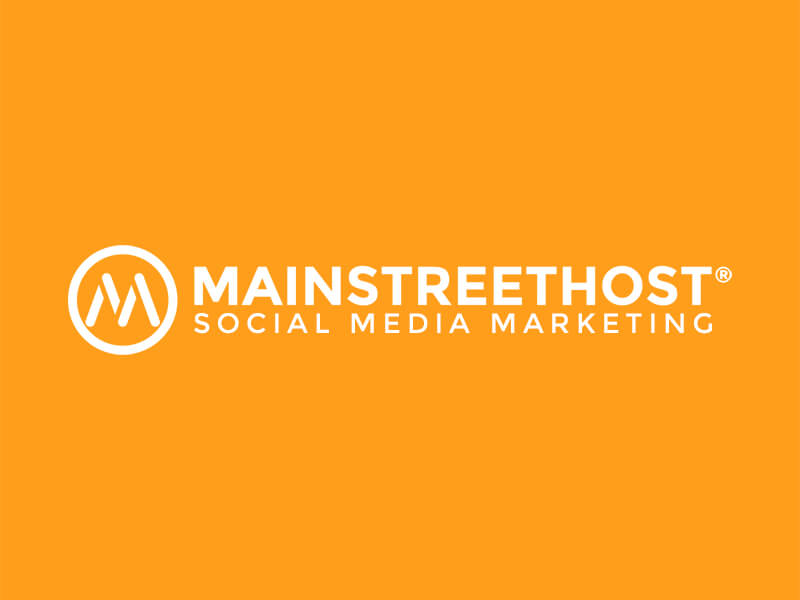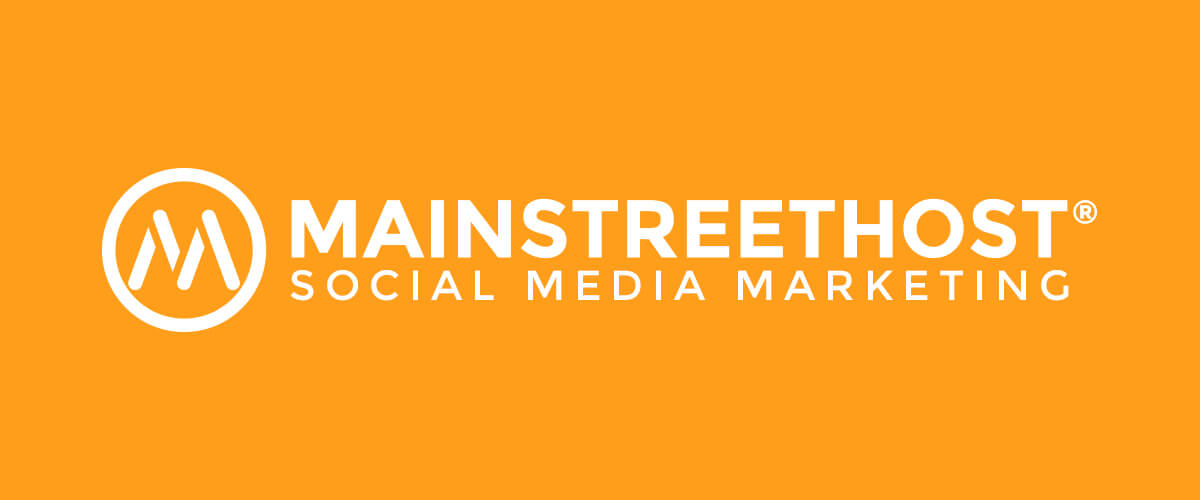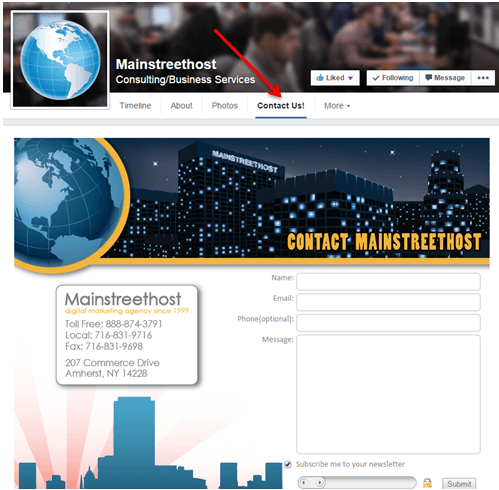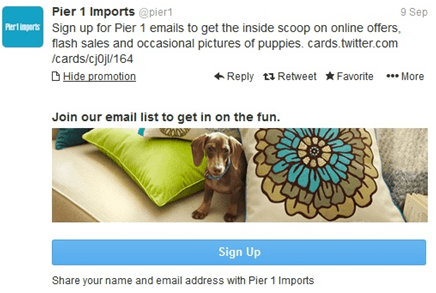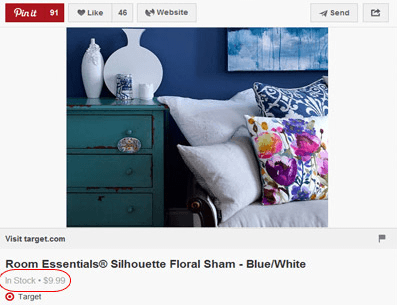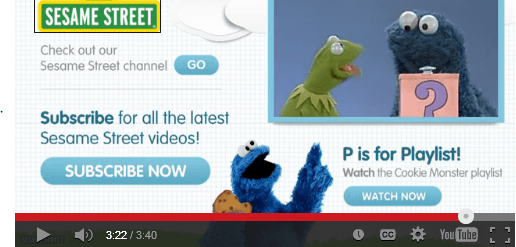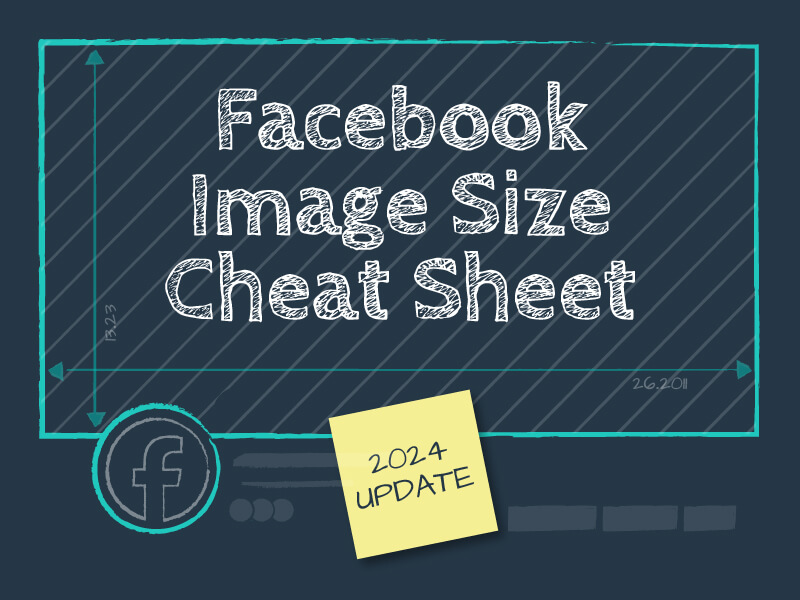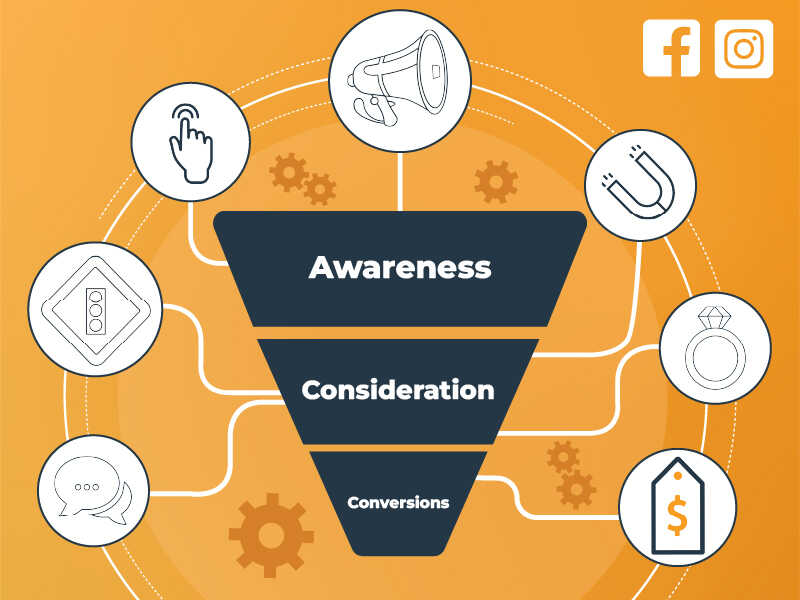When people talk about using social media for business, building brand awareness is often at the forefront of the conversation. Social networks serve as a great platform for getting your company’s name out there and discussing what you do and how you do it. But what about your bottom line? Is your end goal just to make people aware of your brand or are you looking to get something tangible out of it? I’m guessing it’s the latter.
It’s easy to argue that social media is nothing more than platforms that provide insight into your company in an entertaining manner, and that the actual conversion of a follower to a lead isn’t going to happen there. This isn’t necessarily true. If you use your networks properly, you can and will convert these followers into qualified leads for future marketing efforts.
How Can You Make This Work?
Before you see any return on your social media investment, you have to have a strong online presence through your website, blog, and original content (eBooks, graphics, guides, etc.). After all, your social profiles are intended to be a first stop on the way to getting people to your site. If they get there and see a cluttered layout, blank spaces, or no clear call-to-action, they’re likely to leave your website pretty quickly. Give your digital presence some TLC before trying to take your social networks beyond brand awareness.
In a survey, 58% of marketers who have used social media for their company for at least 3 years said it has helped them boost sales. Keep in mind that these companies dedicate time every day to posting and maintaining their profiles, with the average company spending 4-6 hours a week on social media. Posting consistently and creating conversations with your followers helps establish yourself as a thought leader and build trust amongst your following.
One of the most important things to remember is that you don’t want to focus your social presence on making a sale. Consumers aren’t flocking to social media to be sold; they want to learn about their options and establish trust with a company before making a decision. Create a call-to-action that will encourage them to sign up for an email list or coupons, go to your website, or engage with content. Be careful because a call-to-action is not a sales pitch; it’s encouraging a prospect to take the next step in the buying process.
This strategy is all about what you can offer someone; whether it’s a link to your blog or creating a discussion with your posts, you want to be helpful to your followers. Offering “101-level” content is particularly appealing to a wide audience because it is easy to consume and won’t turn off readers who are early on in the search process (which is likely the audience you’ll find on social media).
Try posting in a variety of formats to keep engagement high by asking your followers questions, answering theirs, and getting their feedback on new products or services you are offering. Make it about the consumer. Showing them what you have to offer and how it will help them is much more efficient than forcing a promotion to people who may or may not be at the decision-making point yet.
Ideas by Social Network
Let’s take a look at six of the top social networks to see how you can use each one to generate qualified leads:
Chances are if you have a social presence, you’ve got a Facebook page. Facebook continues to be the top social network out there, and it provides a lot of potential lead generation value. You can compose more detailed posts, create a thread of questions and answers, and provide plenty of links to your website and other content. Don’t be afraid to specifically ask your fans to like, comment, or share a post or image because it will help encourage engagement. You’re not asking them to buy anything, just to show your posts some love!
Purchasing Facebook ads and “boosting” quality posts will get your brand in front of an audience beyond your current fan base, allowing for more potential followers and qualified leads. You can specify the audience you are looking to target when setting up ads or boosted posts to make sure that your marketing dollars are well-spent.
On your page itself, include links or a custom tab to sign up for email alerts or to contact you for more information. This will not only allow you to gather information for future marketing efforts, but it will show you which fans are most interested in staying in touch and identify qualified leads.
A game-changer for lead generation on Twitter is in the works and is expected to be rolled out in the next few months. Google and Twitter are teaming up to display relevant tweets in Google search results, so a search including keywords that your company uses on Twitter will likely display some of your posts. This takes SEO to another level by making your keywords important on both your website and social media. Keep this new feature in mind when crafting your tweets; use keywords that your company ranks best for when you can. Like website SEO, don’t overload your posts with keywords (“keyword stuffing”) because Google will recognize that and penalize your ranking.
Lead Generation Cards are another great way to collect qualified leads on Twitter. These paid posts embed a call-to-action button within a tweet, which links to an email list or any special offer that you’re marketing. Without having to leave Twitter to sign up, a follower simply has to click on the box and enter their name and email address. Your company will receive a list of those who entered in their information and you can use that for future marketing efforts.
Like Facebook, Twitter ads can be targeted to a specific audience based on several filters, including the accounts they follow and geographic location. Specifically focusing on lead generation, you can select an option to target your ad only to those who have interacted with your company outside of Twitter.
So any Twitter user who’s visited your website or searched for you through a search engine is targeted, whether or not they follow you. Since these individuals have interacted with you before, you know that there is some level of interest in what you offer. This strategy provides for more qualified leads while reinforcing your brand in the consumer’s mind, which can ultimately help them remember you when it’s time to make a purchasing decision.
It’s no secret that visual content grabs attention, so Pinterest and other visual platforms can be valuable for generating leads. They offer a lot of options when it comes to the types of posts you can share, from product demonstrations to suggesting complementary products or services to featuring follower-shared content.
Pinterest stands out from other visual networks because its users are generally more ready to buy products they see on the site. Referral traffic from Pinterest to an ecommerce site or retail store accounts for 26% of all social media referrals, and shoppers are 10% more likely to make a purchase than those directed from Facebook and Twitter.
When it comes to generating leads on Pinterest, provide captivating images that educate users and encourage them to head over to your site and purchase. Pinterest also offers a tool called Rich Pins, which allow you to provide more information about your Pins, like pricing and a direct link to the product page. The six types of Rich Pins available are app, movie, recipe, article, product, and place, and small and large businesses alike can utilize this function. It’s a great way to combine the purchase-ready mentality of Pinterest users with the ease of shopping right on the site.
Instagram has a lot of similar benefits as Pinterest by taking a visual approach. It is the largest photo-sharing app and the 41st most popular website in the world. Instagram allows you to share your photos and videos across several social platforms like Facebook and Twitter, which helps you create a seamless and unified social presence.
People tend to feel more emotion looking at an image versus reading a text-based social post, and this often impacts a purchasing decision. We might not like to admit it, but our emotions can get the best of us and cause us to choose one company over another, even if an alternative might be a better option. If a company reaches us on an emotional level, we may feel a desire to support them because they “get us.”
Companies that share images of their products or services also carry an air of transparency, so consumers may feel more confident that they know what to expect. Creating ties through images can help build trust and credibility, which ultimately builds brand loyalty. And brand loyalty is likely to improve sales.
While Pinterest is definitely the more shopper-ready visual platform, companies are starting to team up with Instagram to make it more appealing to shoppers. For example, Piqora’s Tapshop tool can be featured on a company’s Instagram page and allow users to sign up for email notifications based on the products they like on the page.
LinkedIn is a social platform built for businesses; it’s a place for people to show professionalism and leave the selfies to other networks. Business pages on LinkedIn can get quite a bit of traffic, as users are seeking out new career opportunities or trying to learn more about an industry. While it’s easy to see the value of the network between businesses and job seekers, how can you generate business leads there?
The value of LinkedIn lies in the content that you post and how visible you are to the user base. The first place to start is your profile itself. Make sure you have a well-written description and a completed profile so you’re easily found on LinkedIn and search engines. Joining groups and contributing to industry-related discussions are also valuable. People participating in these groups and conversations are already interested in the subject matter, so this is a great place to demonstrate your expertise to generate leads.
If you have a strong writer at your company, consider having them write blog posts for the “Pulse” section of LinkedIn, where blogs are categorized by subject matter and are seen by users with the same interests. This is a great way to get your company name out there, link to your page and website, and establish yourself as a thought leader, which in turn can attract potential customers.
YouTube
As the second-largest search engine in the world, YouTube is certainly a force to be reckoned with. There are several ways to generate leads beyond simply advertising yourself. Posting demonstrations of how to use your products or services, providing tips or tricks, or even posting a job opening can get your brand recognized and remembered. To maximize your effectiveness on YouTube, be sure to optimize the text content of your videos by using keywords that are prevalent on your website. Using top keywords consistently across multiple platforms will help your SEO while creating a strong and consistent brand image.
You can add tags to a video to make it easier to find in a YouTube search, so this is also a good place to use those keywords. Finally, creating a call-to-action within your video through a video annotation can encourage traffic from YouTube to your website. These annotations are pop-ups that appear while your video is playing and encourage viewers to click for more information. They redirect to a specified page on your website or a related YouTube video to increase engagement and establish your company as a reliable resource.
Each of these platforms, along with many others, has a unique strength when it comes to lead generation. Whether it’s the engagement factor on Facebook and Twitter, thought leadership on LinkedIn, or the use of imagery or video on Instagram and YouTube, there are so many ways to not only grab a user’s attention, but keep it.
These networks can help guide prospects throughout the entire sales process, from awareness to perception of a need to choosing your company as a provider. While it’s generally a best practice not to use social media as a platform for outward selling, it is the place to establish yourself as the best of the best in your industry and interact with followers. And these efforts can encourage a consumer to purchase from you, without you blatantly trying to convince them to.
Getting someone to fill out a simple contact form or participate in a discussion will give you the information you need to communicate in the future. Once you take your efforts outside of the social arena, you can get much more in-depth and create a personalized experience for a prospect to focus on what they are specifically looking for. Use social media as an opportunity to show some personality and build trust by sharing your knowledge, and the leads will likely follow.

